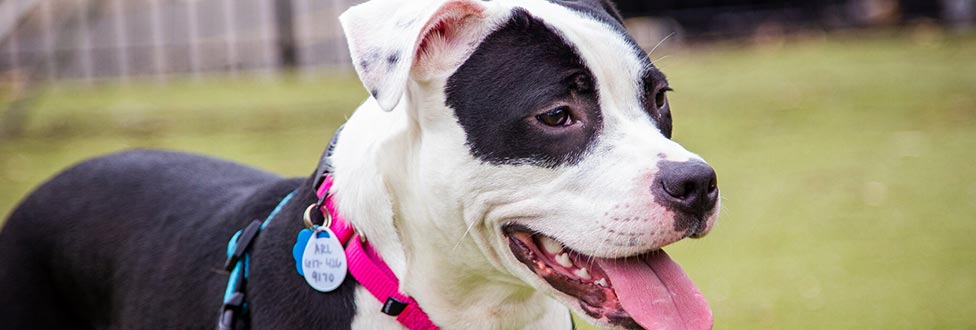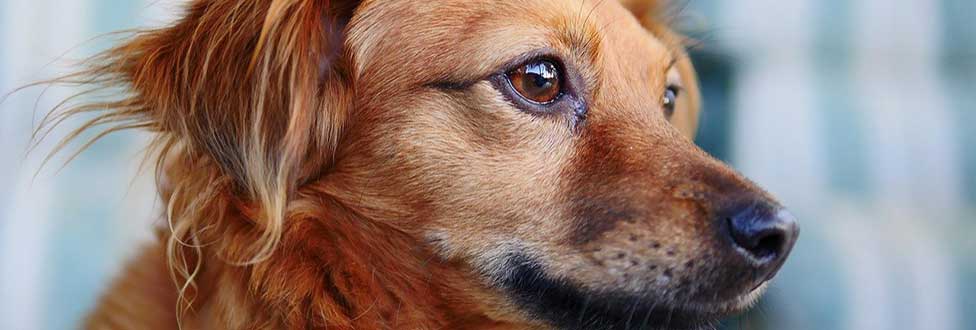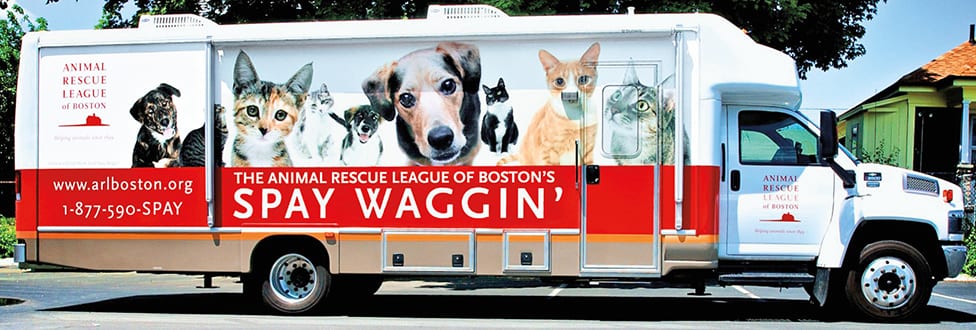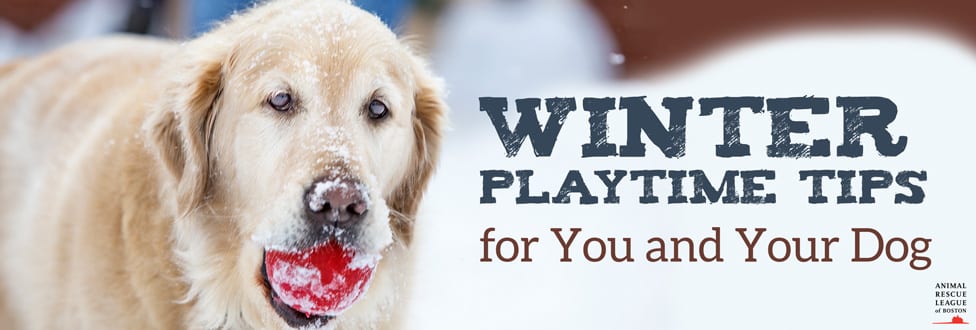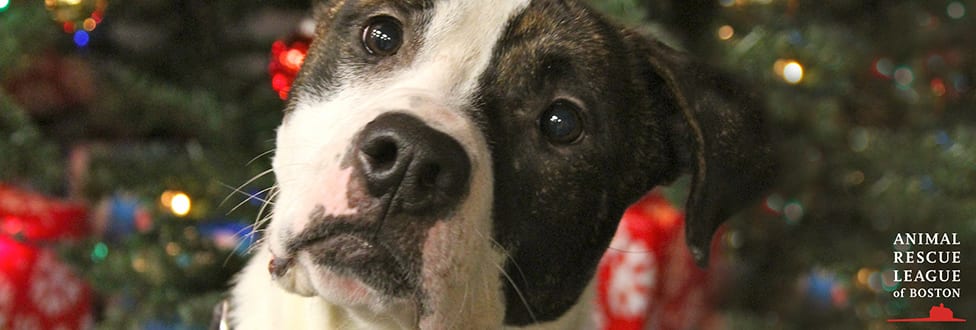April is National Heartworm Awareness Month
Did you know… it only takes one bite from an infected mosquito to spread Heartworm disease to your pet?
Heartworm disease is a serious and potentially fatal illness for cats, dogs, and ferrets, as well as other mammals. It is caused by foot-long worms (heartworms) that live in the heart, lungs, and blood vessels of affected animals. Heartworm may result in lung disease, heart failure, or other organ damage.
Although this sounds scary (it is!), Heartworm disease can be avoided altogether with the necessary preventative measures.
Protect your pet by reading these 6 FAQs about Heartworm:
- How can Heartworm disease spread to my pet? Heartworm disease is spread by mosquitoes carrying the parasite Dirofilaria Immitis. When an infected mosquito bites a cat, dog, ferret, or other mammal, larvae are transmitted into the bloodstream and ultimately settle in the heart, arteries, blood vessels, and lungs after a period of months.
- Which pets are at risk? Any pet in an area with mosquitos is at risk for Heartworm disease.
- What symptoms should I look for? Signs of Heartworm disease can be very subtle or very severe depending on the case. Symptoms may include persistent cough, difficulty breathing, fatigue, decreased appetite, vomiting, and weight loss. As the disease progresses, an animal may experience fainting, seizures, difficulty walking, or fluid accumulation in the abdomen. Kittens, puppies, and senior pets face the highest risk of developing the more severe symptoms.
- How is Heartworm disease diagnosed? It takes approximately 6 months after being bitten by an infected mosquito for your pet to test positive for Heartworm. A veterinarian can make a diagnosis by doing a physical examination and running blood tests.
- Is Heartworm disease treatable? For dogs in the US, there is treatment available. Unfortunately for cats in the US, there is currently no approved treatment. The good news, however, is that many Heartworm-infected cats are able to fight the infection themselves and can be monitored every few months, while waiting out the worms’ lifespan. Medications can also be given to help alleviate some symptoms, such as coughing and vomiting.
- How can I prevent my pet from contracting Heartworm disease? There are several FDA-approved medications* on the market available for both cats and dogs. Your pet should begin a heartworm preventative around 8 weeks of age, which should be taken year-round. Dogs should be tested for Heartworm every 12 months and regular check-ups for all pets are key to early detection.
*Always consult with your veterinarian before administering any type of medication to your pet.







